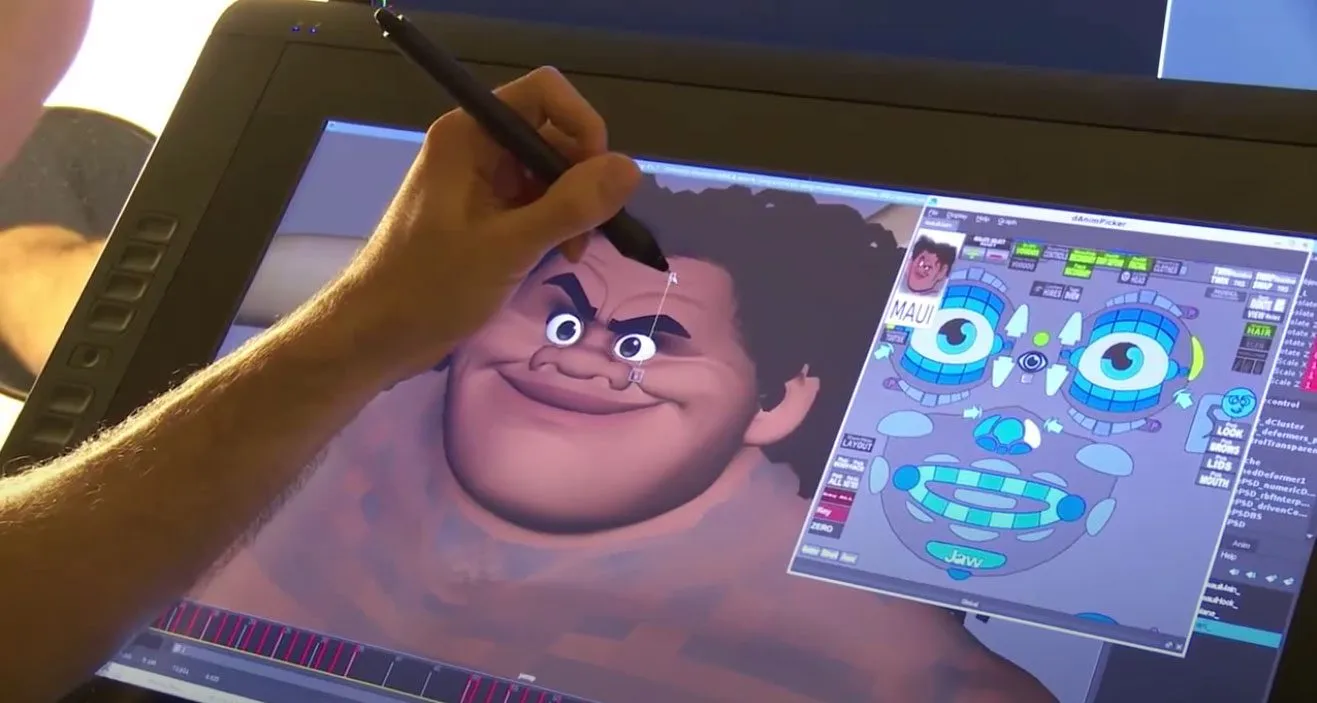What is Animation | History And Techniques
Animation is the process of creating the illusion of movement by displaying a series of still images in rapid succession. The images are typically created by hand, but they can also be created using computer software.
History of animation
The earliest forms of animation date back to the 17th century, when artists began to create moving images using magic lanterns. In the 19th century, the invention of the zoetrope and the flip book allowed for more complex animations to be created.
The first major animated film was Winsor McCay’s Gertie the Dinosaur, which was released in 1914. McCay’s film was a groundbreaking achievement, and it helped to establish animation as a legitimate art form.
In the 1920s and 1930s, animation studios such as Disney and Fleischer Studios began to produce full-length animated films. These films were hugely popular, and they helped to solidify animation as a major form of entertainment.
In the 1940s and 1950s, animation began to be used for educational and instructional purposes. This was due in part to the development of cel animation, which made it possible to create more realistic and detailed animated images.
In the 1960s and 1970s, animation began to be used for more experimental and avant-garde purposes. This was due in part to the development of computer animation, which allowed for greater freedom of expression.
In the 1980s and 1990s, animation experienced a resurgence in popularity. This was due in part to the development of home video, which made it possible for people to watch animated films in their own homes.
In the 2000s and 2010s, animation has become even more popular, thanks to the rise of computer-generated imagery (CGI). CGI has allowed for the creation of even more realistic and detailed animated images, and it has also made it possible to create animated films with more complex plots and characters.
Techniques of animation
There are many different techniques that can be used to create animation. Some of the most common techniques include:
- Cel animation: Cel animation is a traditional technique that uses hand-drawn images to create the illusion of movement. The images are drawn on separate sheets of cels, which are then stacked on top of each other and photographed.
- Stop-motion animation: Stop-motion animation involves moving objects in small increments and then photographing them each time they move. When the photographs are played back in rapid succession, the illusion of movement is created.
- Computer animation: Computer animation is a technique that uses computer software to create the illusion of movement. The computer software can be used to create hand-drawn images, or it can be used to create three-dimensional models.
- Motion capture: Motion capture is a technique that uses sensors to track the movements of real actors. The movements of the actors are then used to create animated characters.
Applications of animation
Animation is used in a wide variety of applications, including:
- Film and television: Animation is a popular medium for film and television. Animated films and television shows can be enjoyed by people of all ages.
- Advertising: Animation is often used in advertising to capture attention and to create a memorable message.
- Education and training: Animation is a valuable tool for education and training. Animated videos can be used to explain complex concepts in a way that is easy to understand.
- Medical and scientific research: Animation is used in medical and scientific research to visualize complex processes and to help doctors and scientists understand the human body and the natural world.
- Gaming: Animation is a key component of many video games. Animated characters and environments help to create an immersive and realistic gaming experience.
The future of animation
The future of animation looks bright. As technology continues to evolve, new and exciting animation techniques will be developed. This will allow animators to create even more realistic and detailed animated images, and it will also allow them to create animated films with more complex plots and characters.
In addition, the rise of the internet and streaming services has made it easier than ever for people to watch animated films and television shows. This has led to a growing demand for animation, and it has also made it possible for smaller animation studios to compete with the big studios.
Overall, the future of animation looks bright. Animation is a versatile and powerful medium that can be used to create a wide variety of content. As technology continues to evolve, animation will become even more popular and influential.





